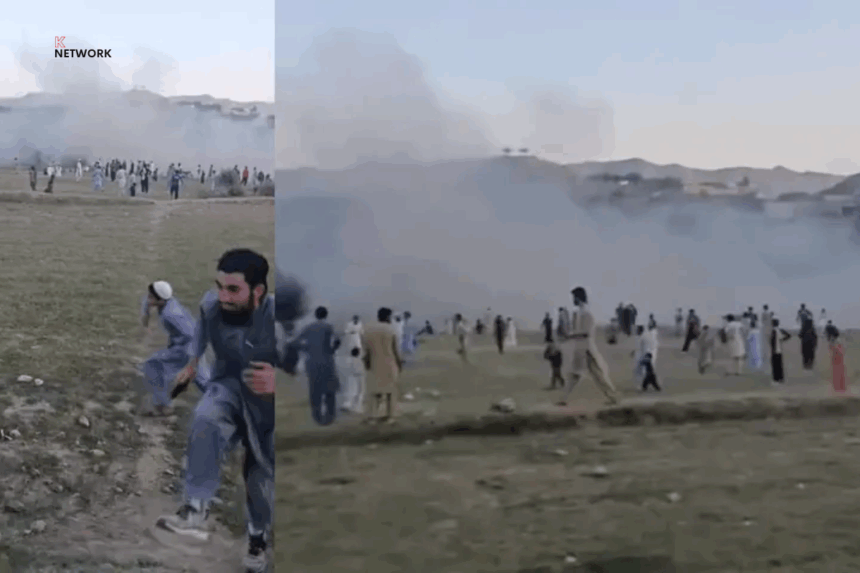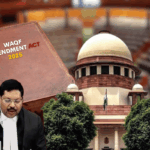In a shocking turn of events, Pakistan’s military airstrikes in Khyber Tirah, a remote region of Khyber Pakhtunkhwa, left at least 30 people dead. The incident has triggered widespread outrage, raising questions about security strategies, political motives, and the future of peace in the region. For general readers, political analysts, and regional observers, this article explores the 7 shocking reasons behind the attack and its far-reaching impact.
- What Happened in Khyber Tirah?
- 7 Shocking Reasons Behind the Bombing
- The Impact on Khyber and Tirah Residents
- Regional & Political Reactions
- Historical Background of Khyber Tirah Conflicts
- Comparing This Attack to Previous Incidents
- The Future of Khyber Pakhtunkhwa After the Attack
- FAQs – People Also Ask
- Conclusion
What Happened in Khyber Tirah?
- Date & location of the airstrike
- Casualties confirmed (30 killed)
- Homes destroyed, residents displaced
- Immediate statements from local authorities
Khyber, long seen as a sensitive tribal belt, became the focus of national and international attention after these air raids. Reports suggest that civilians, including women and children, were among the victims.
7 Shocking Reasons Behind the Bombing
1. Retaliation Against Militants
The official explanation cites militant hideouts in Tirah Valley. Security forces argue the bombing was retaliation against insurgent attacks targeting military posts.
2. Escalating Cross-Border Tensions
Khyber shares proximity to the Afghanistan border. Rising clashes across the Durand Line have intensified, and the airstrikes were seen as a warning signal to insurgents crossing over.
3. Internal Political Pressures
Political instability in Islamabad often influences military decisions. Analysts suggest that the bombing was also aimed at showcasing state power to silence criticism of weak governance.
4. Military Strategy in Khyber Pakhtunkhwa
Khyber Pakhtunkhwa remains one of the most unstable provinces. The army frequently justifies operations as part of its counter-terrorism doctrine.
5. Ethnic & Tribal Conflicts in Tirah
The Tirah Valley is home to diverse Pashtun tribes. Long-standing rivalries can trigger violence, with the military occasionally intervening under the guise of “restoring order.”
6. Message to Neighbouring Countries
Observers argue that these strikes weren’t only about militants. They also served as a strategic signal to Afghanistan and India regarding Pakistan’s readiness to use force.
7. Control Over Strategic Border Areas
Khyber is a gateway region. Controlling Tirah means controlling smuggling routes, militant corridors, and influence over regional geopolitics.
The Impact on Khyber and Tirah Residents
- Civilian Casualties: 30 confirmed dead, many injured
- Displacement: Families forced to flee into safer zones
- Psychological Trauma: Residents live under constant fear
- Economic Fallout: Agriculture and trade disrupted
Local communities accuse the state of neglect and demand justice for innocent lives lost.
Regional & Political Reactions
- Government of Pakistan: Justified the action as anti-terrorist
- Opposition Parties: Criticised the use of heavy airstrikes in civilian areas
- International Response: Human rights groups condemned the incident, calling for transparency and investigations
Political analysts suggest that Pakistan risks isolating itself further if such strategies continue.
Historical Background of Khyber Tirah Conflicts
- Strategic Importance: Khyber Pass historically a trade and invasion route
- Tirah Valley: Known as a tribal stronghold resisting external control
- Military Operations: From the British era to present, Tirah has witnessed repeated campaigns
This historical context highlights why the region remains volatile.
Comparing This Attack to Previous Incidents
- Past airstrikes in Waziristan and Swat
- Similar casualties and displacement patterns
- Escalation shows no long-term peace strategy has succeeded
The Future of Khyber Pakhtunkhwa After the Attack
- Security Outlook: Likely increase in militant recruitment as backlash
- Political Stability: Opposition pressure on the ruling government
- Peace Initiatives: Calls for dialogue between tribal elders and the state
The bombing has left the future of Khyber and Tirah uncertain.
FAQs – People Also Ask
Q1: Why did Pakistan bomb Khyber Tirah?
Pakistan claims the airstrikes targeted militant hideouts threatening national security.
Q2: How many people were killed in the Khyber Pakhtunkhwa airstrike?
At least 30 people died, including civilians, according to local reports.
Q3: What is the significance of Khyber in Pakistan’s security?
Khyber controls key border routes, making it crucial for military and trade strategies.
Q4: Has Khyber Tirah witnessed conflicts before?
Yes, Tirah has a long history of military operations dating back to colonial times.
Q5: What does this mean for civilians living in Khyber Pakhtunkhwa?
Civilians face uncertainty, displacement, and ongoing security risks.
Conclusion
The Khyber Tirah bombing isn’t just another military operation — it’s a multi-layered crisis that reveals political, strategic, and humanitarian challenges. With 30 lives lost, Pakistan faces growing scrutiny over its policies in Khyber Pakhtunkhwa. Unless a long-term peace framework emerges, the cycle of violence in the region may continue.
Stay updated with the latest breaking stories on 9knetwork.com, your trusted source for global and regional news.




















